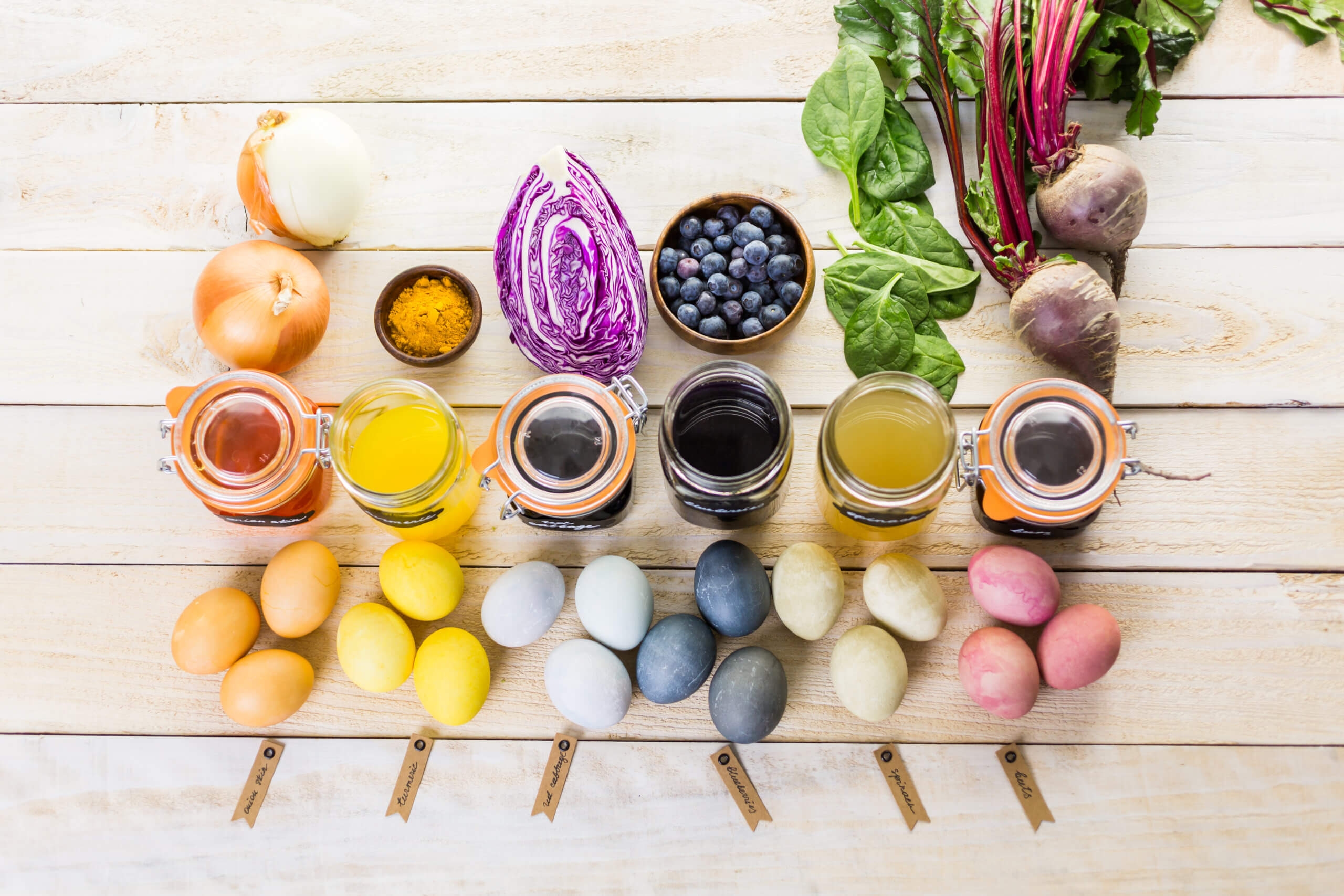Food coloring is a common additive used in a wide variety of products, from candies and baked goods to beverages and processed foods. It is used to enhance the appearance of food and make it more visually appealing to consumers. But the question remains, is food coloring natural?
There are two types of food coloring: natural and synthetic. Natural food coloring is derived from natural sources such as fruits, vegetables, and spices. This type of food coloring is often preferred by consumers who are looking for more natural and healthier options.
On the other hand, synthetic food coloring is made from chemical compounds that are not found in nature. While synthetic food coloring is often more vibrant and stable than natural food coloring, it has been linked to various health concerns, including hyperactivity in children and allergies.
Many food manufacturers use a combination of natural and synthetic food coloring in their products. While natural food coloring may be more expensive and less stable than synthetic food coloring, it is often seen as a healthier and more environmentally friendly option.
Consumers who are concerned about the use of food coloring in their food products should look for products that use natural food coloring or consider making their own food coloring using natural ingredients at home.
In conclusion, while food coloring is a common additive used in many food products, it is important for consumers to be aware of the difference between natural and synthetic food coloring. Choosing products with natural food coloring or making your own food coloring at home can help you make healthier and more environmentally friendly choices.
